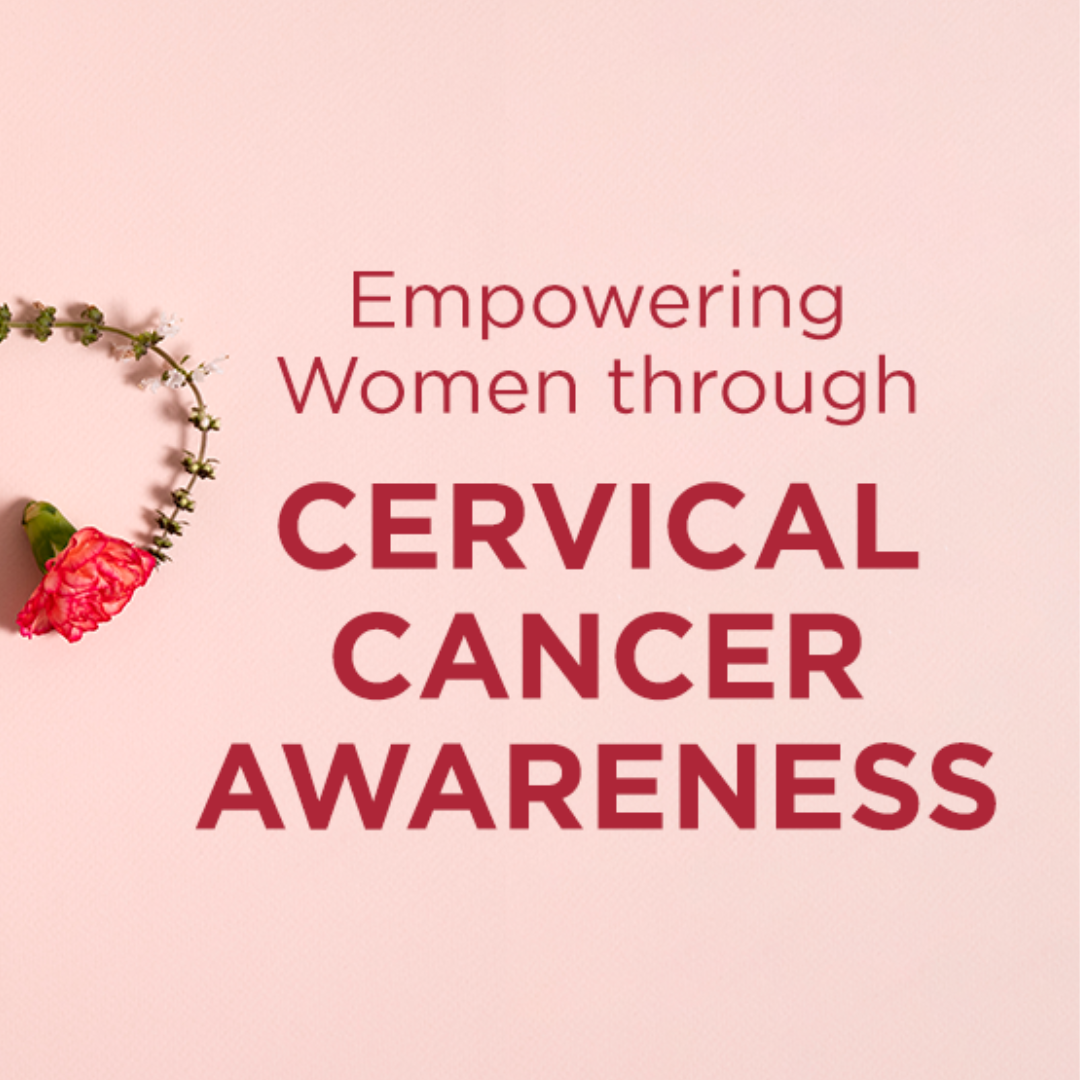Don't have an account?
Login to EaseMyDeal

2024-02-08
1021
Cervical cancer is a type of cancer that occurs in the cells of the cervix, which is the lower part of the uterus that connects to the vagina. It is primarily caused by persistent infection with high-risk types of the human papillomavirus (HPV), which is a sexually transmitted infection. Cervical cancer often develops slowly over time and may not cause noticeable symptoms in its early stages. However, as the cancer progresses, symptoms may include abnormal vaginal bleeding, pelvic pain, pain during sexual intercourse, and abnormal vaginal discharge.
Early detection and treatment of cervical cancer can significantly improve outcomes and increase the chances of survival. Here are some ways to raise awareness of cervical cancer and promote early detection:
1. Regular Screening: Regular cervical cancer screening, such as Pap tests (Pap smears) and HPV tests, is crucial for early detection. Pap tests can detect abnormal changes in the cells of the cervix before they become cancerous, while HPV tests can identify the presence of high-risk HPV types that can lead to cervical cancer. Women should discuss screening guidelines and frequency with their healthcare providers.
2. HPV Vaccination: Vaccination against HPV is an effective way to prevent cervical cancer. The HPV vaccine is recommended for both boys and girls before they become sexually active, typically between the ages of 9 and 12. Vaccination can protect against the most common high-risk HPV types that cause cervical cancer.
3. Education and Awareness Campaigns: Public health campaigns aimed at educating individuals about the risk factors, symptoms, and preventive measures for cervical cancer can help raise awareness and promote early detection. These campaigns may include informational materials, community events, and outreach efforts targeting high-risk populations.
4. Access to Healthcare Services: Ensuring access to affordable and comprehensive healthcare services, including cervical cancer screening and diagnostic testing, is essential for early detection and treatment. Efforts to improve access to healthcare, especially for underserved and marginalized communities, can help reduce disparities in cervical cancer outcomes.
5. Symptom Awareness: Educating women about the signs and symptoms of cervical cancer can empower them to seek medical attention if they experience any concerning symptoms. Increased awareness of symptoms such as abnormal vaginal bleeding, pelvic pain, and changes in vaginal discharge can prompt timely medical evaluation and diagnosis.
6. Regular Gynecological Exams: Women should schedule regular gynecological exams with their healthcare providers, even in the absence of symptoms. These exams may include pelvic examinations and discussions about cervical cancer screening and prevention strategies.
By promoting awareness of cervical cancer risk factors, symptoms, and preventive measures, individuals and communities can take proactive steps to reduce the burden of this disease and improve outcomes for those affected. Early detection through screening and vaccination is key to reducing the incidence and mortality associated with cervical cancer.

Write A Comment